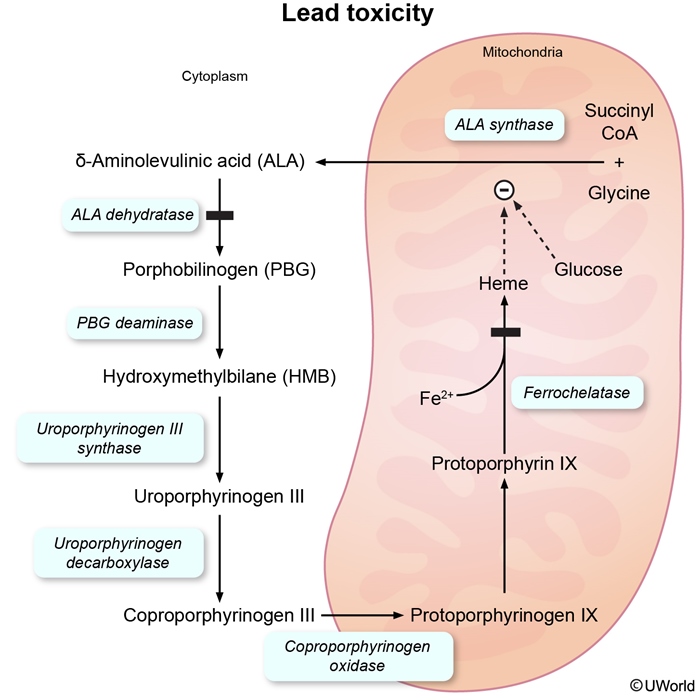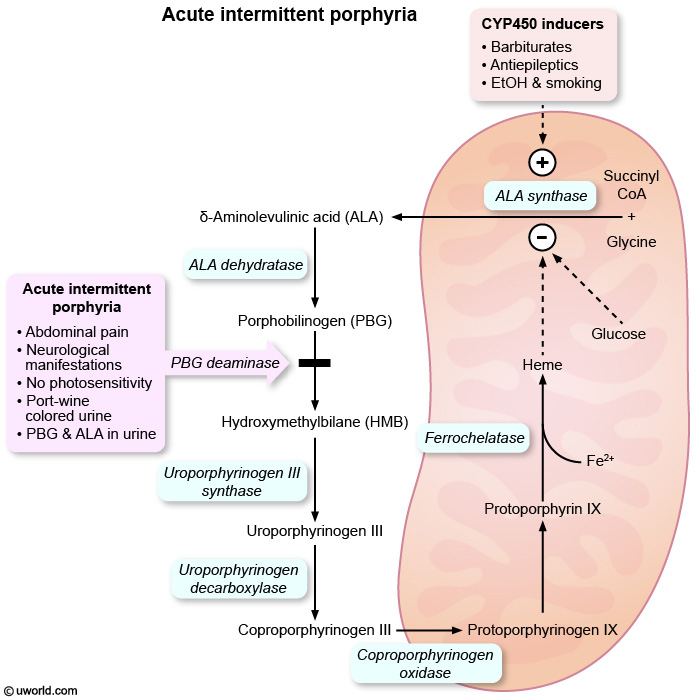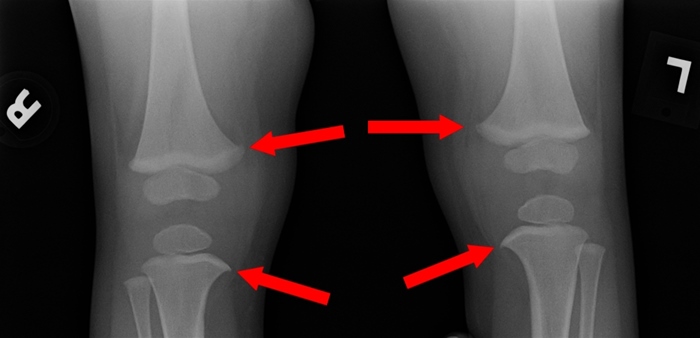Heavy Metal Toxicity: Lead, Iron, Mercury, And Arsenic
Article Sections
Introduction
Heavy metal toxicity refers to pathologic accumulation of heavy metals in the body, leading to a range of clinical manifestations depending on the specific metal involved and the extent of exposure. Common heavy metals that cause clinically significant toxicities include lead, iron, mercury, and arsenic. These metals are found in industrial, environmental, and consumer products, and they can enter the body through inhalation, ingestion, or dermal absorption. Acute or chronic exposure can lead to significant systemic toxicity, affecting multiple organ systems such as the nervous, renal, gastrointestinal, and hematopoietic systems.
Pathophysiology
Heavy metals exert toxic effects by binding to and disrupting the function of proteins and enzymes, typically by affecting their tertiary and quaternary structures. This can result in enzyme inhibition, oxidative stress (increased free radicals), and interference with cellular respiration. The specific pathophysiological effects depend on the metal involved and cellular processes affected.
Continue Learning with UWorld
Get the full Heavy Metal Toxicity: Lead, Iron, Mercury, And Arsenic article plus rich visuals, real-world cases, and in-depth insights from medical experts, all available through the UWorld Medical Library.
Figures


Images

